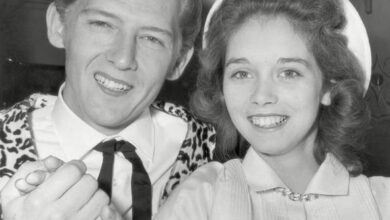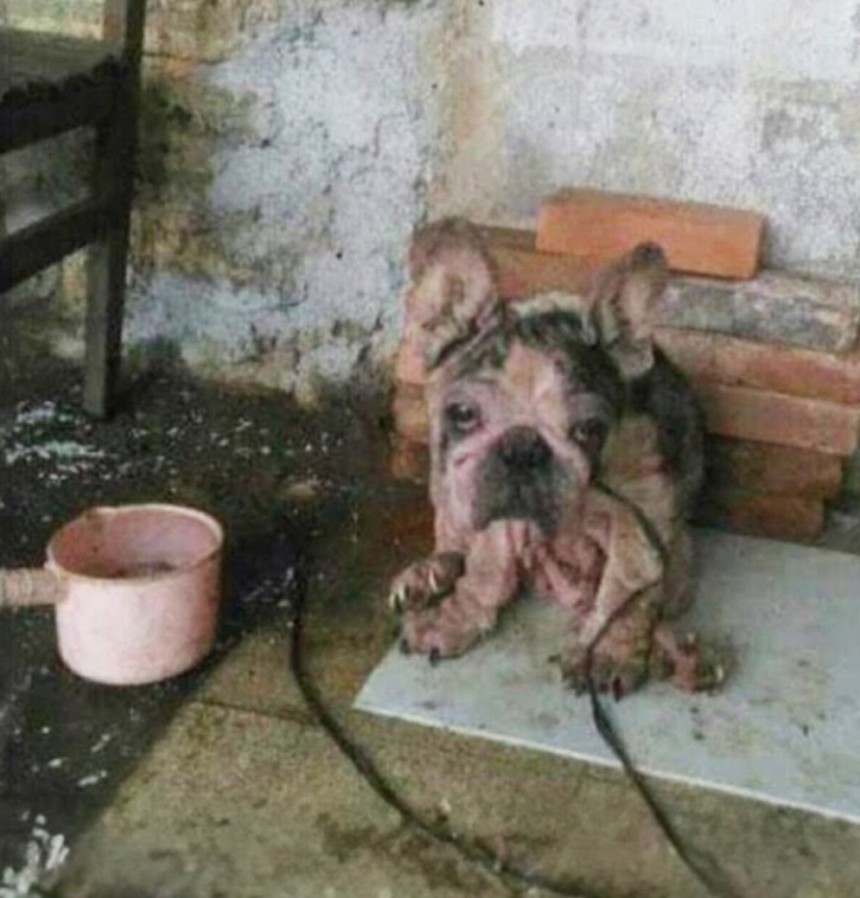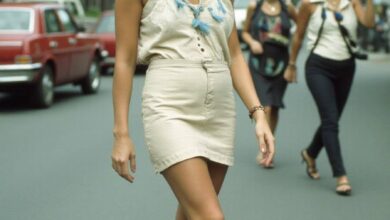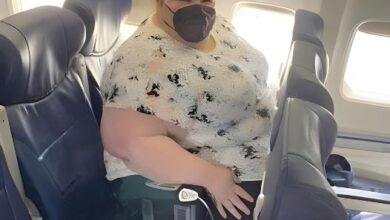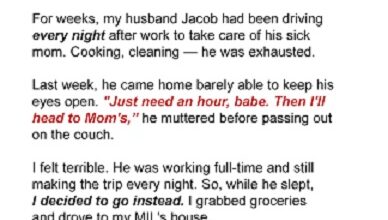A New Kind of Soldier: Veterans Trade Uniforms for Koala Rescues.913
The smell of smoke still hung heavy in the air, a acrid reminder of the ‘Black Summer’ that had ravaged the Australian bush. For Sergeant Major Ken ‘Rusty’ Rutherford, a veteran of tours in Afghanistan and Iraq, the familiar scent of ash and burning brought back too many memories. But this time, the fight wasn’t against an enemy in uniform; it was against a natural disaster that had threatened to wipe out an iconic symbol of his homeland: the koala.
Rusty, along with a small band of fellow veterans, had repurposed a sprawling, semi-rural property near the charred remnants of a eucalyptus forest. What was once a quiet retreat for fishing and contemplation had become ‘Koala Creek Sanctuary,’ a haven for the injured, orphaned, and traumatized survivors of the bushfires.
Their mission began weeks ago, when the fires were at their peak. Rusty and his mates – ex-army medic Sarah, former commando Mick, and quiet, observant engineer David – had been among the first civilian volunteers to brave the fire lines, not to fight the blaze, but to pluck terrified koalas from burning trees. It was brutal, heartbreaking work. They’d seen koalas with singed fur, burnt paws, and eyes wide with fear, clinging to what little remained of their homes.

Now, the rescue phase had transitioned to rehabilitation. Koala Creek Sanctuary was a hive of quiet, organized activity. The veterans, whose military training had instilled in them discipline, resourcefulness, and a profound sense of camaraderie, found a new purpose in caring for these vulnerable creatures.
“Alright, listen up!” Rusty barked, his voice still carrying the crisp authority of a drill sergeant, albeit softened by the gentle cooing of a koala in a nearby enclosure. “Sarah, ‘Gumdrop’ needs his paw dressings changed again. Mick, the new batch of eucalyptus leaves just came in; make sure they’re fresh and clean for ‘Ember’ – she’s still a picky eater.”
Sarah, a no-nonsense woman with a kindly smile, was already sterilizing instruments. She knelt beside a small, fluffy koala named Gumdrop, whose tiny paws were swathed in medicated bandages. With practiced ease, she carefully unwrapped the old dressings, her touch gentle, her voice a soothing murmur. Gumdrop, initially wary, seemed to relax under her expert hands. Sarah’s medical skills, honed on battlefields, were now applied to mending fragile marsupial limbs.
Mick, a burly man who looked like he could fell a tree with his bare hands, meticulously sorted through piles of eucalyptus branches. He knew the preferences of each koala – some liked the blue gum, others preferred the stringybark. “Ember’s a bit of a diva,” he chuckled softly, remembering the tiny joey’s refusal to eat anything but the tenderest leaves. Mick, who had once led high-stakes combat patrols, now found immense satisfaction in ensuring the dietary needs of a small, fluffy marsupial.
David, the quiet engineer, was the sanctuary’s resident handyman and problem-solver. He designed and built custom enclosures, rigged up an intricate watering system, and constantly tinkered with temperature controls to ensure the koalas’ comfort. He also had a knack for calming the most anxious koalas, often sitting silently with them for hours, his presence a steady anchor. One particular koala, a scarred female named ‘Phoenix,’ would only truly rest when David was near.
The koalas themselves were a motley crew. There was ‘Smokey,’ a large male who had lost an eye but still greeted them with a gruff grumble. There were several mothers with joeys clinging to their pouches, tiny survivors who represented the future of their species. And there was ‘Hope,’ a tiny, orphaned joey who required round-the-clock care, fed milk from a syringe by the veterans, whose nights were often spent cradling the tiny creature, mimicking the warmth of a mother’s pouch.
The veterans worked tirelessly, fueled by strong coffee and an even stronger sense of purpose. They cleaned enclosures, prepared food, administered medicine, and, perhaps most importantly, offered comfort. They understood trauma. They understood loss. And they understood the long, arduous road to recovery. They knew that healing wasn’t just about physical wounds; it was about trust, safety, and a chance to feel whole again.
Their days were filled with the rustling of eucalyptus leaves, the soft, sometimes mournful, cries of koalas, and the quiet satisfaction of seeing a singed patch of fur grow back, or a limping koala take a confident step. They weren’t fighting for land or ideology anymore; they were fighting for life, for the gentle, iconic creatures who had been caught in the crossfire of nature’s fury.
As the months passed, Koala Creek Sanctuary became a symbol of hope. News crews eventually found them, shedding light on the quiet heroism unfolding there. Rusty, initially uncomfortable with the attention, spoke simply: “We served our country, and these animals are part of our country. They needed us, and we were here.”
One crisp autumn morning, a fully recovered Vixie, a young female koala with bright, clear eyes, was ready for release. Rusty, Sarah, Mick, and David stood by as Vixie climbed a tall, healthy eucalyptus tree in a protected part of the bush. She paused, turned, and looked back at them for a long moment, a silent acknowledgment of their care. Then, with a graceful climb, she disappeared into the canopy, a wild creature reclaiming her freedom.
As they watched her go, a sense of quiet triumph settled over the veterans. They weren’t soldiers anymore, but they were still protectors. They had found their new mission, a mission of healing and hope, amidst the charred remnants of a devastating summer, ensuring that the unique spirit of the Australian bush, embodied by its beloved koalas, would endure.
